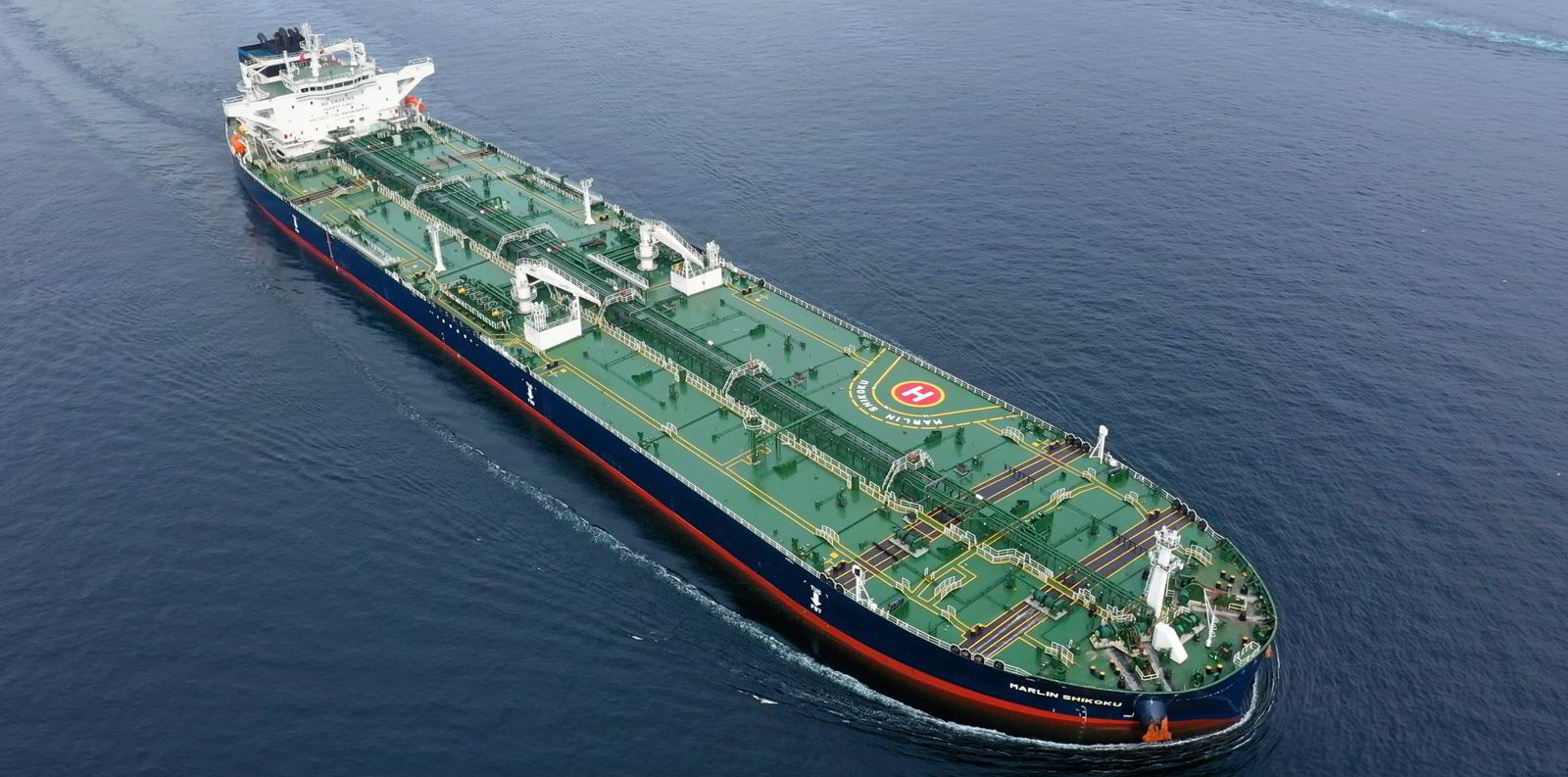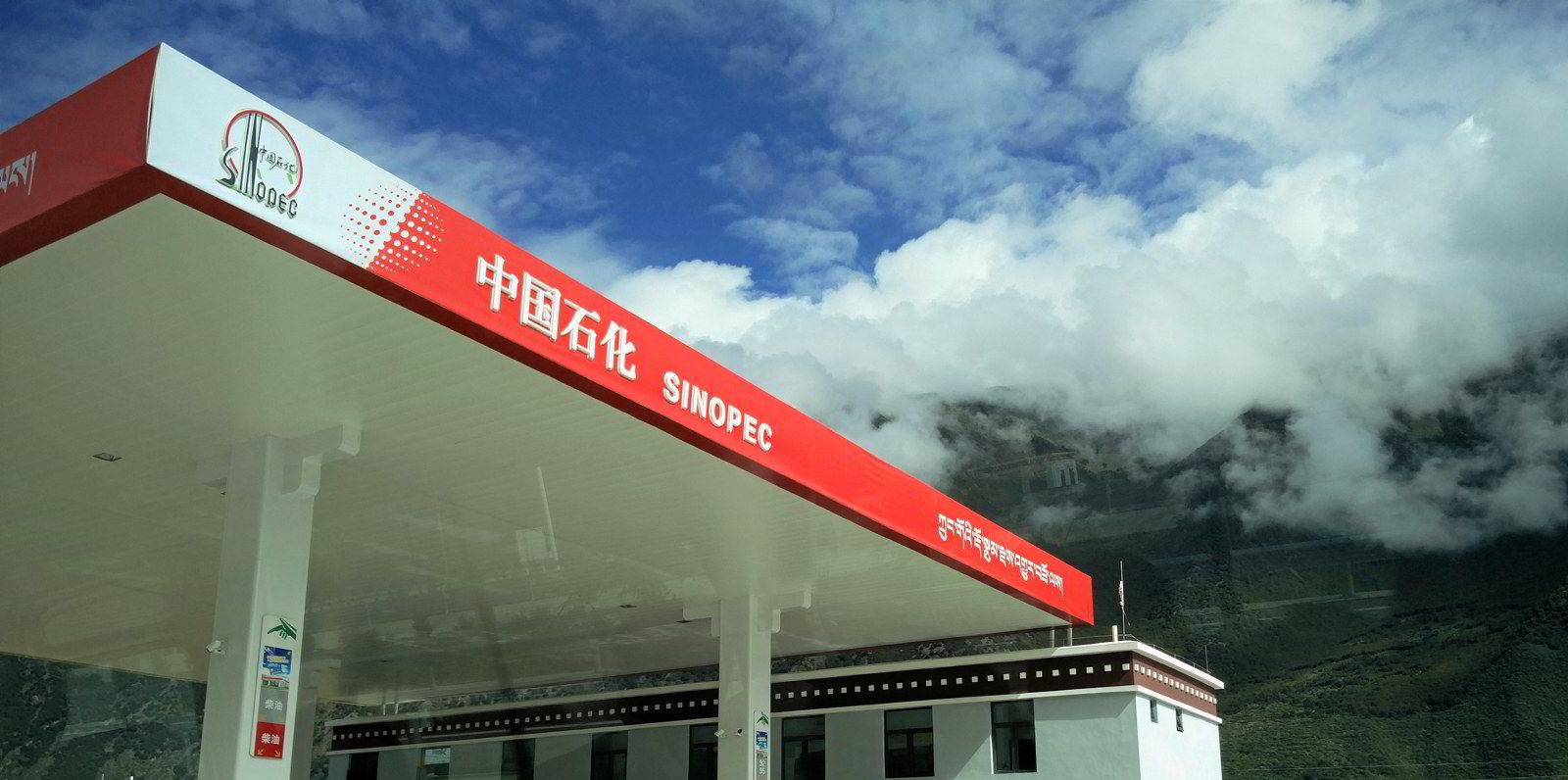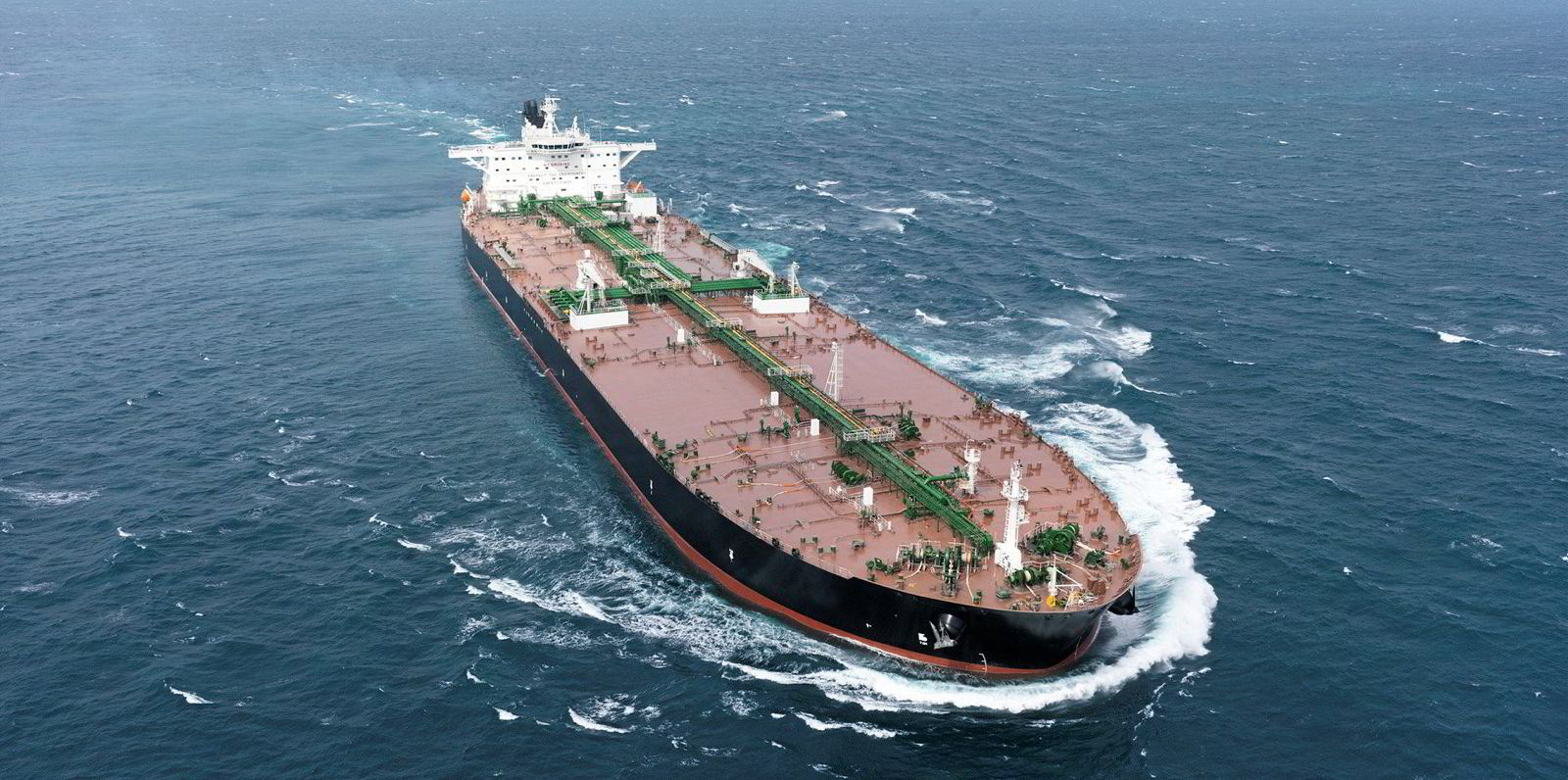Unipec, the trading arm of oil major Sinopec, remains the world’s largest tanker charterer in tonnage terms, but there have been some notable changes in the rankings for 2021.
Brazilian oil major Petrobras emerged as the largest charterer of suezmax tankers last year, according to figures compiled by Poten & Partners.
Petrobras, which was not even in the top 10 in 2019, jumped from seventh in 2020 to first last year in what was described as a "remarkable achievement" by the US-based brokerage.
The suezmax sector showed significant movement in the relative rankings with Indian charterers IOC and BPCL, who typically feature near the top of the suezmax rankings, being notably absent in 2021.
"IOC moved from fourth to second in the VLCC rankings, so they may have replaced some suezmaxes with VLCCs last year," Poten said.
In contrast, Petrobras moved from third to seventh in the VLCC segment, while oil giant ExxonMobil was the sixth largest charterer of VLCCs having not featured in the top 10 in 2020. Saudi Arabia giant Bahri dropped out of the top 10.
Unipec remained on top of the VLCC and overall rankings with 963 reported fixtures, of which almost 700 were for VLCCs. This compares with 97 for the second and third placed owners IOC and Shell, respectively.
There were few surprises in the aframax segment with Vitol remaining the top charter, while BP and Shell switched places on top of the rankings at second and third, respectively. Glencore dropped out of the top 10, making room for Saudi Aramco.
Hyundai emerged as a new name in the top 20 charters for 2021 sneaking into last place with a total of 68 crude tanker fixtures last year. It was also a new entry in the VLCC segment, making the top 10 for the first time.
Overall, there were 8,436 dirty spot charters in 2021, with the top 20 charterers accounting for 5,009 fixtures, Poten said.
Cargo volumes for 2021 were virtually unchanged from 2020, which Poten said was not good given that 2020’s level was 16% below that of 2019.
Poten’s data showed a marked difference in activity between the segments: VLCCs were down 200 spot fixtures, or 9%, versus the previous year, suezmax activity was about the same, while there was a noticeable pickup in reported Aframax fixtures which were up 189, or 6%.
"It would be an understatement to say that 2021 was a disappointing year for the tanker market," Poten said.
"The recovery that many pundits expected did not materialise and average dirty tanker rates fell to multidecade lows.
"The tanker malaise was primarily due to an oversupply of vessels in the face of a tepid increase in demand," it added.





